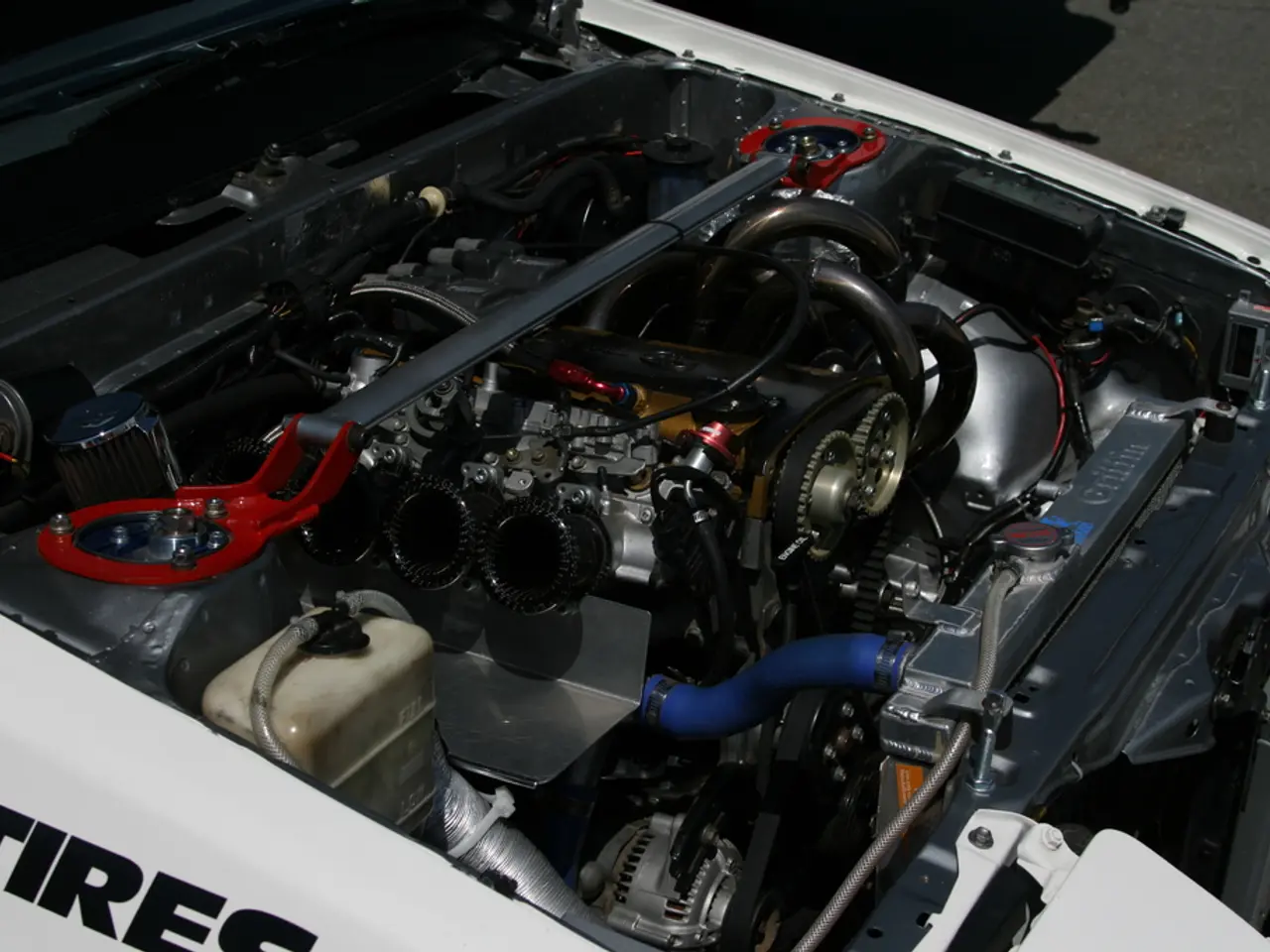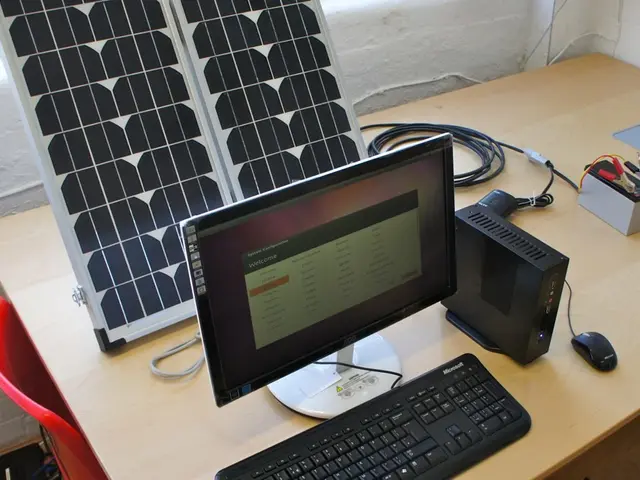Sila Launches Massive Silicon Anode Plant for EV Batteries
Sila has launched operations at its expansive silicon anode manufacturing plant in Moses Lake, Washington. The facility, spanning 600,000 square feet on a 160-acre property, is designed to supply advanced battery materials for electric vehicle manufacturers and other battery-powered applications. The plant's initial capacity ranges from two to five gigawatt-hours (GWh), with the potential to expand up to 250 GWh by 2026.
The Moses Lake plant is powered by clean hydropower from the Columbia River and incorporates integrated safety and environmental controls, along with automotive-grade quality systems. It produces initial batches of Titan Silicon, Sila's silicon-carbon anode material designed to replace graphite in lithium-ion batteries. This innovative product offers a significant improvement, enabling up to a 20 percent increase in energy density compared to leading graphite-based cells. Moreover, it supports two times faster charging speeds, making it an attractive option for electric vehicle manufacturers.
The plant's design allows for future expansion, with a planned completion date of 2026. This strategic move by Sila aims to meet the growing demand for advanced battery materials in the EV market and other battery-powered applications.
Sila's new plant in Moses Lake, Washington, marks a significant step in the company's mission to revolutionize lithium-ion batteries. With its clean energy source, advanced safety measures, and innovative silicon-carbon anode material, the plant is poised to supply high-performance battery materials, supporting faster charging and increased energy density for electric vehicles and other battery-powered devices.
Read also:
- Aiming to simplify the move towards cleaner automobiles, the newly established ministry plans to take direct action with Pannier-Runacher, Létard, and Vautrin at the helm.
- "The imperfect yet essential documentary, "Planet of the Humans," raises challenging and uncomfortable inquiries"
- Exciting Escapades of Tintin
- More than half of British homes adhere to insulation standards established during the 1970s.








